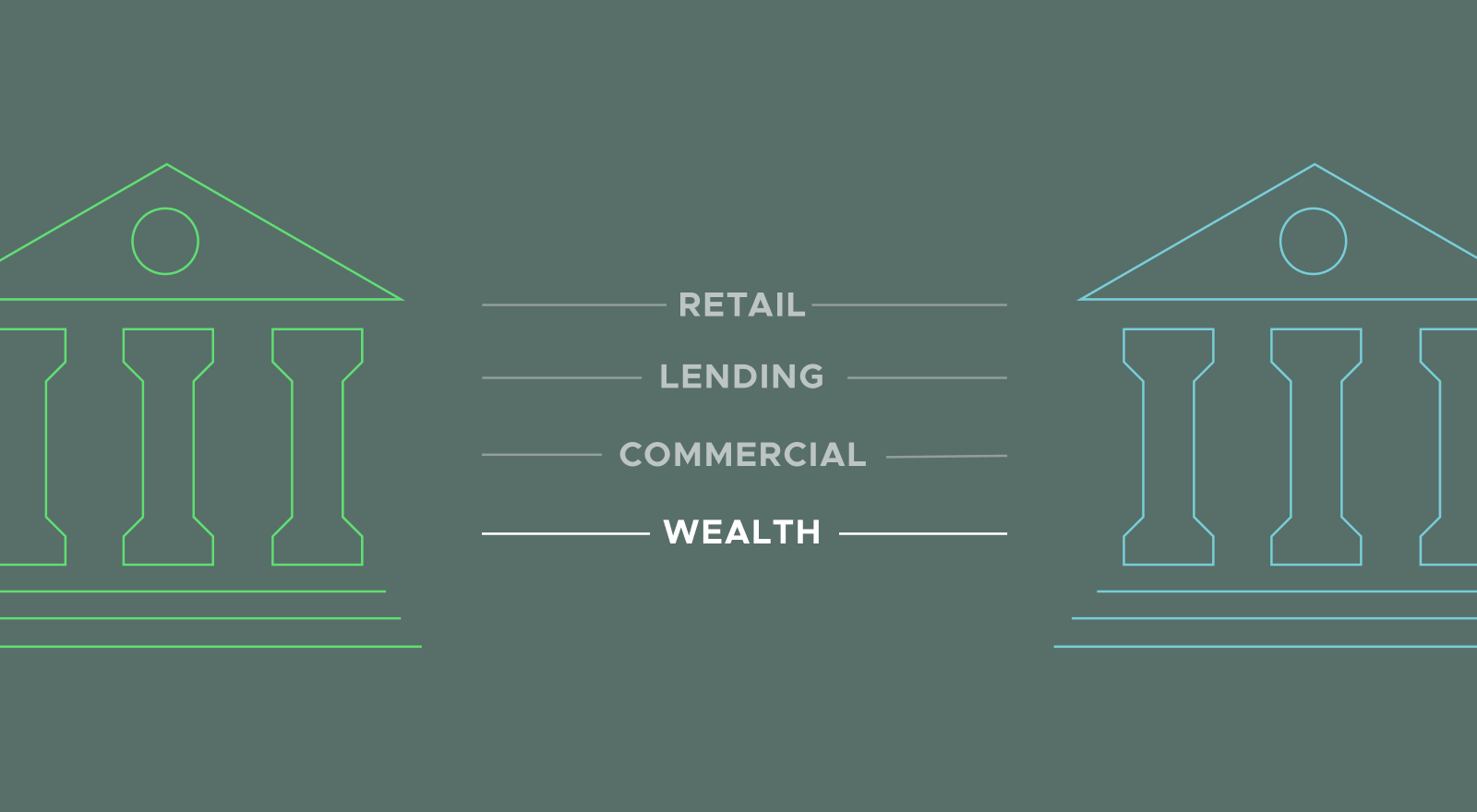
You’ve identified a need in your firm, you’ve selected a vendor, and you’ve implemented new technology designed to improve some aspect of your business only to receive lackluster results. This leads to a whole set of questions. Why? How can we improve it? Where do we need to go next on our technology roadmap?
As today’s wealth management firms make significant investments in technology, they rightly want to know if their past decisions are solving problems as intended, facilitating growth or improving other aspects of the business. And, are they making the right decisions for future implementations? Because technology decisions never end, the decision making process requires the regular exercise of gathering useful insights from the advisors themselves.
At F2 Strategy, we’ve dubbed this process the “Voice of the Advisor.” Conducting it effectively is more complicated than you might think, so we’re breaking down the when, why, what, and how of the process in order to achieve the results that will support decision making.
Why Implement a Formal Input Process
Maybe you’ve heard from a team that a technology solution you implemented isn’t really working as intended. Anecdotes are great, but they don’t tell you why it isn’t working or offer you anything concrete to take to leadership. A formal process allows you to gather both qualitative and quantitative information about your topic of interest from many sources. It creates a comprehensive picture of the situation and identifies where you may have good adoption or you may have less effective usage. Wealth management firms use Voice of the Advisor to assess their current tech stack as well as plan for future implementations.
The results can have a significant impact. They can allow you to troubleshoot problems, address adoption, or invest in new technology solutions. In many cases, we’ve seen that firms undergoing this process ultimately make decisions they wouldn’t have otherwise made on their technology roadmap because of what they learned.
What Type of Input Do You Need
The objective for undertaking the Voice of the Advisor process guides much of the timing and topics of questions.
Here are a few examples of Voice of the Advisor objectives:
- You're focused on a particular component of the platform and need insights on that piece
- You want a general kind of state of how your advisors feel about your tech stack
- It’s two months after you've implemented a piece of technology and you want perspective on it—how it is being used, what else you could be doing
- You want to create an opportunity for people to air their concerns about technology
Based on what you are trying to understand, the Voice of the Advisor allows you to look for things that you can’t discern informally. Typically, firms will seek to learn things they don’t already know about:
- Work processes
- Day-to-day activities
- Pain points and what’s working well
- Level of satisfaction with technology
- How often they use a particular tool
- What tools they use most often
- How critical a role technology solution plays in their process
- Why they aren’t using a certain piece of technology (lack of training, lack of integration, etc)
Insight Gathering Approaches
The Voice of the Advisor process is unique and the approach hangs largely on its objective. Ideally, a combination of approaches will garner you the most information about your objective and create a cohesive picture. Multiple sets of data will be the most helpful in informing decision making.
The most common approaches include:
- Surveys—Surveys are the best way to collect quantitative information. They should be used when seeking the most information from the most people. Phrasing the questions to collect data points rather than open-ended questions is important. These individual data points will be used for trend analysis
- Group interviews/Workshops—Group interviews allow different individuals doing different things to speak through a workflow, explain how they work together, offer different perspectives on the same tool in one setting and they can play off each other. Ensure you have included individuals in all roles that touch a process and that those individuals are power users.
- Individual interviews—Individual interviews give people who do not talk much in group settings a safe space to share their perspectives. Cater the interview to the individual’s role appropriately and make sure the objectives are clearly defined at the beginning of the interview.
Communicating Results
The results generated from whatever approach or combination of approaches you take will lead to informed data-driven decisions that will enhance the way your wealth management firm operates. Communicating them to leadership as well as the entire firm can keep you on the right path on your technology roadmap and increase buy-in and adoption of current and future implementation.
Start making better decisions with input from your advisors. Contact us to launch your next Voice of the Advisor survey.





